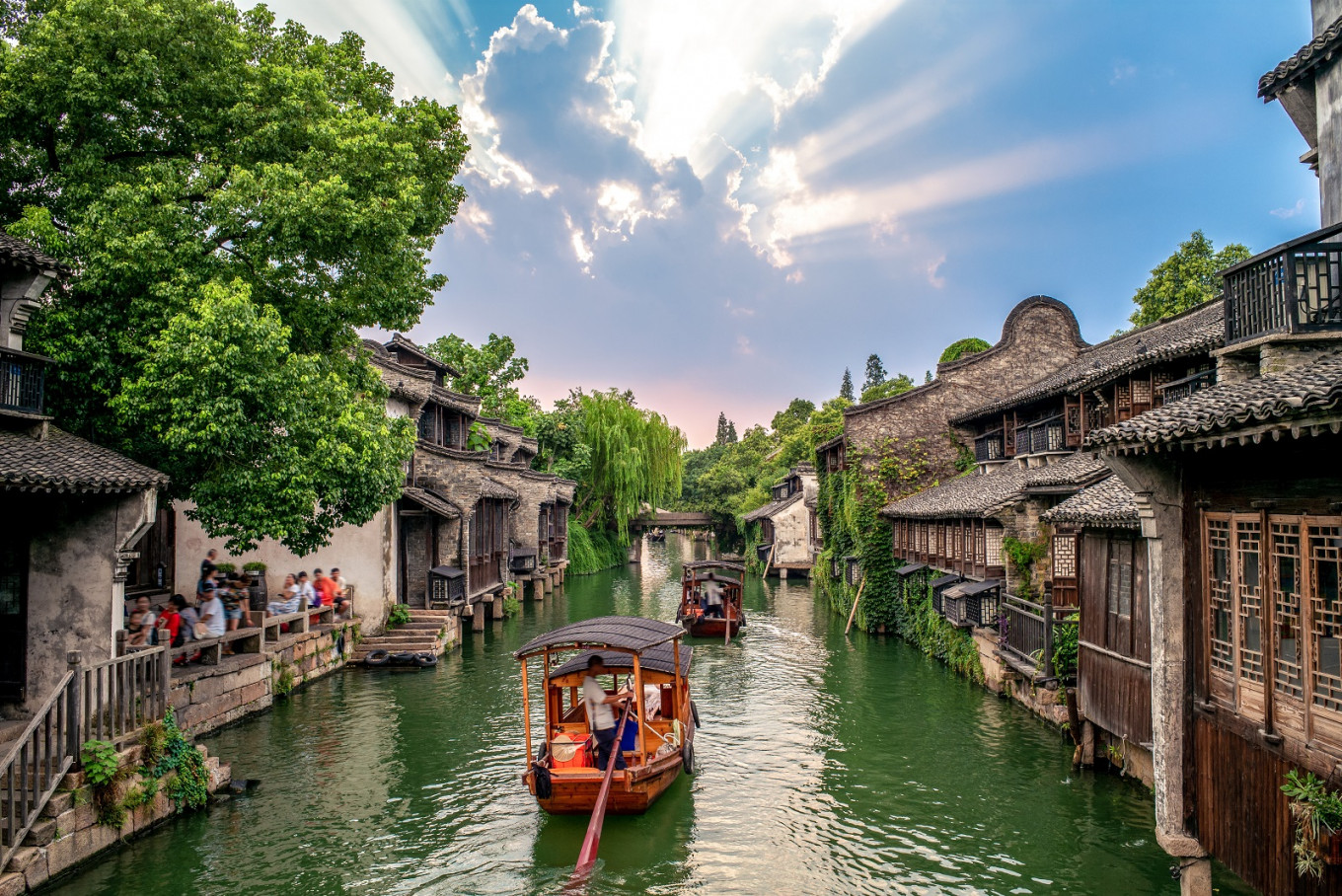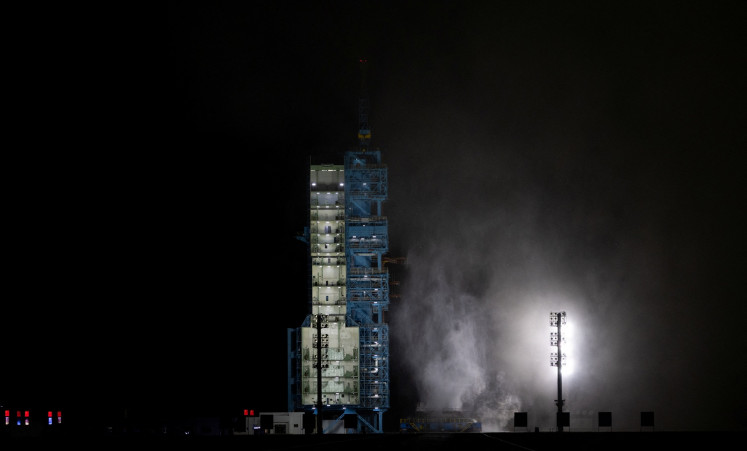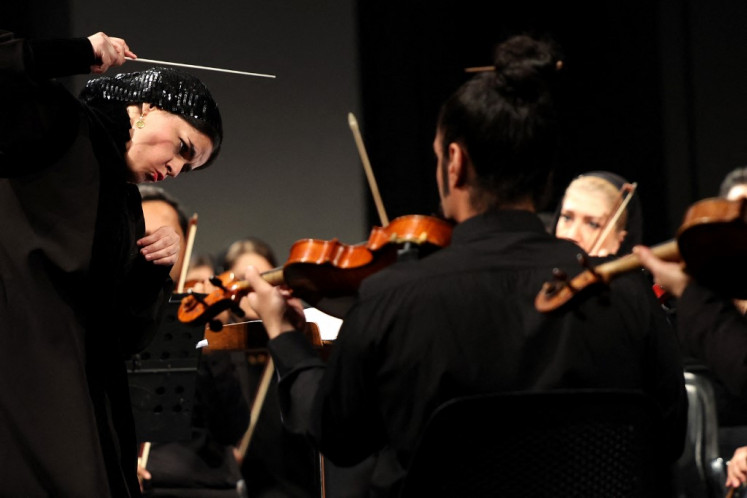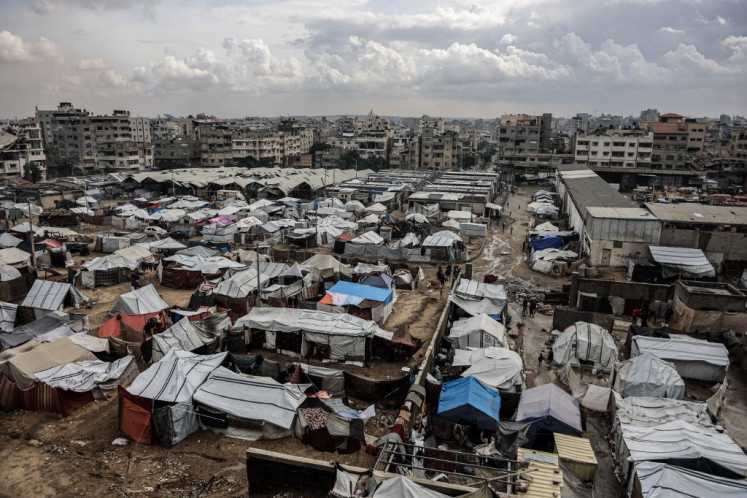Popular Reads
Top Results
Can't find what you're looking for?
View all search resultsPopular Reads
Top Results
Can't find what you're looking for?
View all search resultsEntang Wiharso to take part in Wuzhen Contemporary Art Exhibition
Change text size
Gift Premium Articles
to Anyone
T
he month of March is set to see the second Wuzhen Contemporary Art Exhibition in Wuzhen, China. Indonesian contemporary artist Entang Wiharso is among the 45 artists from 21 countries who will take part.
During the exhibition, slated to run from March 31 to June 30, Entang will present Chronicle Fence, a follow up to the issues he has raised in a series of works. The installation art work encompasses art and symbols that are identified with mental borders such as politics, possessiveness, love and fanaticism in religion.
The fence symbolizes the line between ethical and non-ethical, or between humanization and dehumanization.
In a statement about Entang’s participation at the event, Can’s Gallery pointed out that fences in Indonesia kept people out, referring to the function of fences to maintain privacy and for protection, both psychological and physical. Meanwhile, ornate fences are also perceived as a sign of wealth and exclusivity.
“The fence is a pliable symbol in my work. It carries many meanings depending on context; however, its potency is as a border,” Entang was quoted as saying.
He went on to say that it was his response to the radical activities of destruction, censorship and the prohibition of shadow puppet performances and art activities. The prohibition was carried out by a radical religious movement.
The inaugural Wuzhen Contemporary Art Exhibition was held two years ago, and featured 40 celebrated artists.
Read also: Art Bali: A stepping-stone to a sustainable art ecosystem
China Daily wrote that the exhibition in the small town, which is famous for its canals, in East China’s Zhejiang province gives locals and tourists a sense of what contemporary art is.
The team of curators also told China Daily that the exhibition was expected to help broaden people’s minds about the new trends in contemporary art. An interesting part of the exhibition is that the artworks will be displayed in different environments ranging from an ancient canal area, a silk factory to a granary.
The contemporary artists who will display their works at the exhibition include British visual artist Julian Opie, Japanese architect Kazuyo Sejima and Argentine artist Amalia Ulman, who is known for her internet art. (mut)










